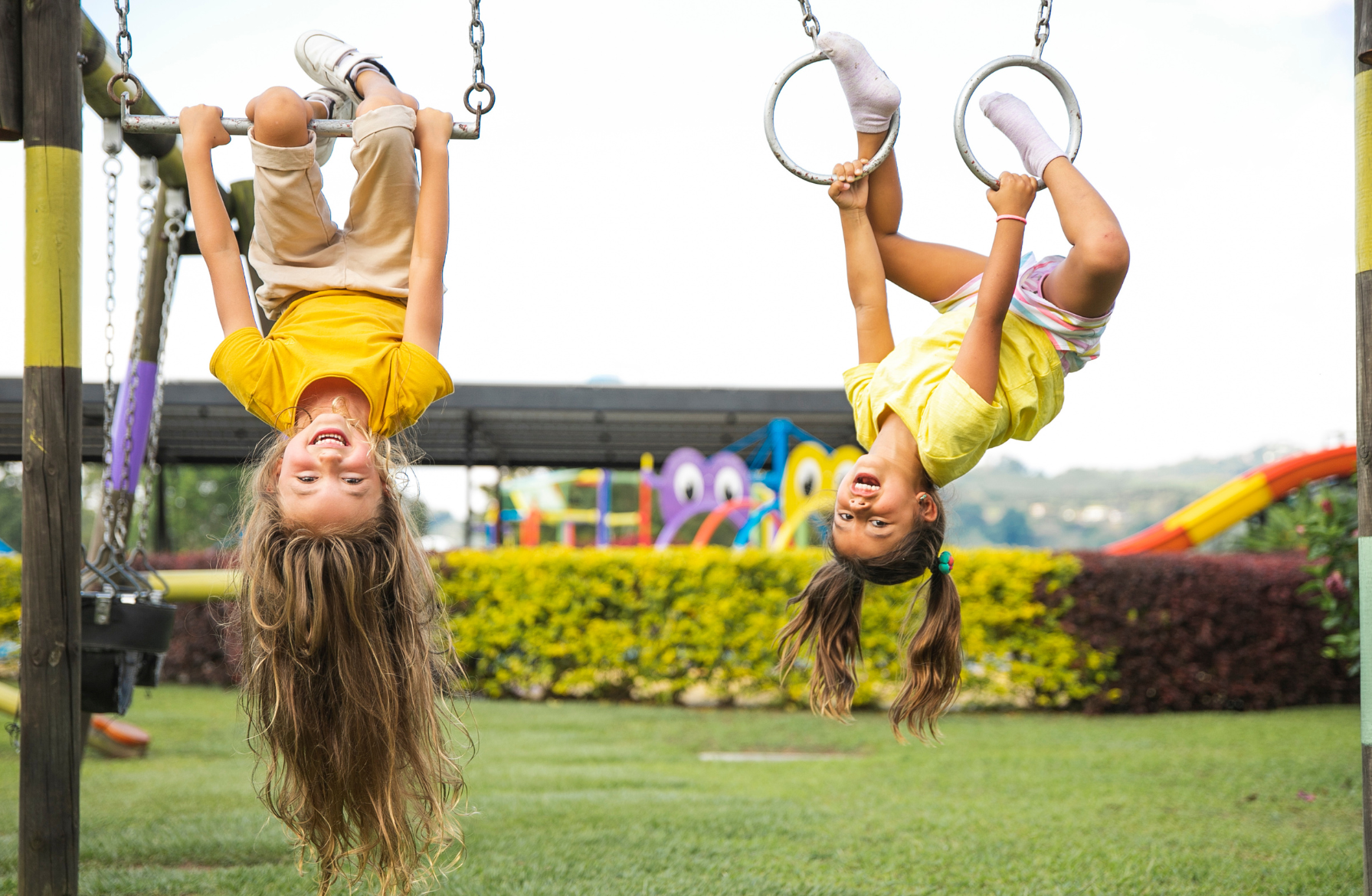
Up to 30% of kids experience recurrent wheezing disorders like asthma, contributing to major burdens on children, their families and global healthcare systems.
It is now recognised that a dysfunctional airway epithelium (cells lining the airway), play a major role in the development of these disorders. However, underlying mechanisms are not fully understood.
The Airway Epithelium Respiratory Illnesses and Allergy (AERIAL) study, which commenced in August 2020, has now released its official protocol, mapping out the research plan for its much-anticipated project.
The AERIAL study, a collaboration between Joondalup Health Campus, The Kids Research Institute Australia and WALYAN Respiratory Research Centre, endeavours to understand if exposures during pregnancy and early life can affect the cells lining the airways (epithelial cells) in newborns, and whether this is associated with the development of wheeze, allergy and asthma later in childhood.
In July last year, the study celebrated a significant milestone with the recruitment of its final participants, baby Isaac and his mum Leah - who were also the last family recruited into the ORIGINS Project.
The study will monitor 400 infants from birth to 5 years of age, through The ORIGINS Project, analysing external variables and epithelial cells at birth to 6 weeks, 1, 3, and 5 years of age.
As part of the study, the families of these babies are asked to use a mobile app - AERIAL TempTracker - to record their baby’s temperatures and symptoms associated with viral infections such as a runny nose or cough in the first year of their baby’s life.
If a fever and symptoms are detected, the app will prompt the AERIAL team to contact the family for a nose/throat swab. These swabs are then sent to Western Diagnostics Pathology for testing for eight different respiratory viruses and parents are informed of the results.
This vital information is used to establish if there are any associations to the gene signature patterns and profiles identified in the baby’s nose epithelial cells.
You can read more about the study protocol here: https://doi.org/10.3389/falgy.2024.1349741
